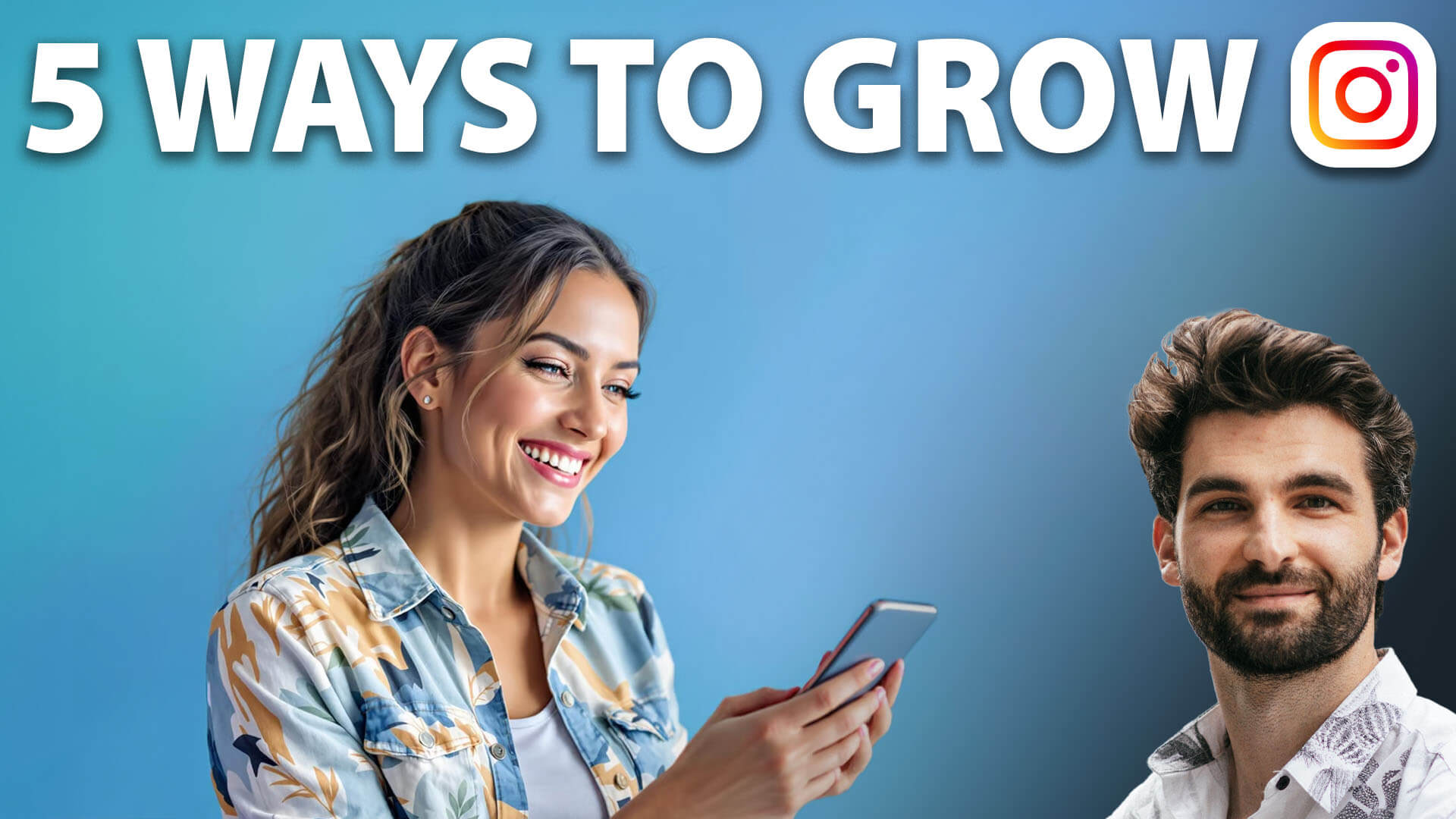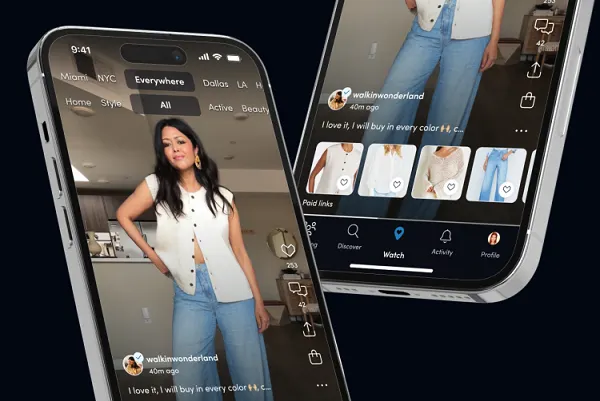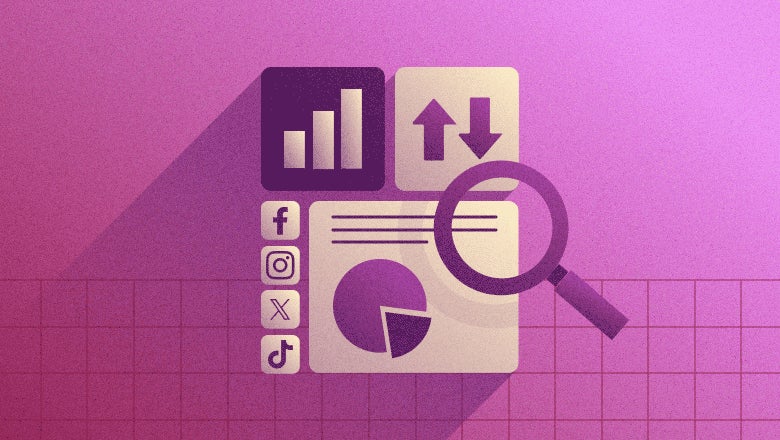The ultimate guide to Instagram influencer marketing in 2025
Instagram is one of the original social media networks for influencer marketing, and it’s still a highly impactful platform for marketers today. With uncertainty Read more... The post The ultimate guide to Instagram influencer marketing in 2025 appeared first on Sprout Social.

Instagram is one of the original social media networks for influencer marketing, and it’s still a highly impactful platform for marketers today. With uncertainty surrounding other networks and saturated feeds, partnering with creators is no longer optional—it’s how brands break through the noise and authentically tap into trends.
With influencer marketing, you get access to a creator’s audience, driving trust and awareness for your brand. But how do you know if it’s delivering?
Instagram influencer marketing shouldn’t be a guessing game. You need to show meaningful ROI tied to your business goals. Learn how to take advantage of the multibillion-dollar influencer market to strategically grow your social media presence.
What is Instagram influencer marketing?
Instagram influencer marketing is a strategic collaboration between brands and social media on Instagram. With influencer marketing, you partner with creators to promote products or services on their Instagram profiles and then pay them for their efforts.
Over half of brands (57.1%) prefer Instagram for influencer campaigns. According to Sprout Social, influencers encourage 86% of customers to make at least one purchase a year and inspire 49% to buy monthly.
What makes someone an Instagram influencer?
In short, influencers are users who influence purchasing decisions. You don’t need millions of followers to be considered an Instagram influencer. There are different influencer tiers based on their follower size, which can be broken down into the categories below:
- Nanoinfluencers: 1,000–10,000 followers
- Micro-influencers: 10,000–100,000 followers
- Macro-influencers: 100,000–1 million followers
- Mega influencers: Over 1 million followers
Key benefits of Instagram influencer marketing
So why are influencer relationships worth the time and effort? Here are key benefits for brands:
Builds authentic brand credibility at scale
Delivering brand authenticity is critical when competition is so fierce on social media. This is where creators help. They highlight the human element of your business. Again, influencers that reflect your audience know the struggles your customers are facing. Skilled influencers understand:
- Relevant scenarios and applications of your product(s)
- Your audience’s real-world struggles, challenges and pain points
- How to highlight your brand’s value proposition
Relevant influencers can boost the exposure of brands by introducing them to a larger audience. For example, check out Hero Cosmetics’ 104,000 followers:
…and the creator they partnered with, whose highly relevant audience helped drive meaningful engagement and results.
See how that works? Especially for up-and-coming brands, influencers serve as an alternative to Instagram ads.
This also highlights the popularity of brand ambassador programs right now. After all, who better to speak on your brand’s behalf than someone who legitimately loves your products?
Increases social sales
Instagram influencers represent an advertising channel for brands beyond traditional paid posts. It’s also a budget-friendly option. Collaborations, ambassadorships and product gifting can be more cost-effective than conversion-based campaigns.
There are tons of question marks around paid ad targeting. Through Instagram influencers, brands can estimate their promotions’ reach beforehand. This is based on factors like the content creators’ audience size and engagement rate.
With the ability to connect to engaged audiences, there’s no denying the correlation between social sales and brand awareness. That’s why featuring creators as part of your funnel supports your sales efforts.
Here’s an example of a sponsored post. BoxyCharm’s frequent sponsored and gifting campaigns make their beauty products practically can’t-miss on Instagram:
Drives measurable results
You’ve hit the sweet spot when influencer marketing meets measurable reporting. You can track metrics like reach, engagement, conversion, audience sentiment and more with an influencer marketing platform.
Measuring your campaigns and creators’ performance lets you compare results and fine-tune strategy. The insights you collect will help you attribute social media growth and sales.
For example, Sprout Social Influencer Marketing enables you to measure and report ROI from your influencer campaigns. That way, you can analyze and report on sponsored and organic content to improve campaigns and tie your results to business outcomes.
Activates social proof across the funnel
When Instagram creators publish content about your brand, it builds social proof for every stage of the customer journey. These touchpoints build trust and loyalty for your business.
Here’s what that looks like:
- Top of the funnel (awareness): A user learns about your brand for the first time through authentic influencer content.
- Middle of the funnel (consideration): A user learns more when the influencer posts reviews, unboxings and other content to expand on the experience.
- Bottom of the funnel (conversion): A user sees an influencer discount code, testimonial or user-generated content (UGC), which moves them to make a purchase.
Earns valuable influencer-generated content
Note how you can repurpose UGC throughout your digital marketing funnel. Well, the same applies to influencer-generated content. This includes:
- Featuring influencer content and reviews on product pages
- Promoting influencers throughout your content marketing strategy (social media, email)
- Use your influencer content as the basis for an ad campaign
3 examples of effective Instagram influencer marketing strategies
Here are some examples of brands that are winning at influencer marketing:
Sephora hosts a special trip for increased reach
To promote its hair care product line, beauty retailer Sephora flew top beauty and hairstyle influencers to Napa Valley on a branded private jet as part of its “Sephora Hairlines” influencer partnership.
Sephora created the ultimate experience for its influencers, which translated into significant social media buzz and chatter about the brand trip.
A single Instagram post from influencer @bran_flakezz generated over 11,000 likes and plenty of engagement.
Luxury trips aren’t feasible for every brand, but you don’t need a massive budget to collaborate with influencers on live brand activations. Connect with local influencers in your city and share products and services with them while doing something fun. Then, they’ll post those moments, boosting your awareness and reach.
Gymshark collaborates with key influencers for awareness and sales
Gymshark frequently partners with influencers to increase brand awareness and drive conversions. For example, George, a UK bodybuilder and fitness influencer, features Gymshark apparel in his content.
The influencer uses his reach and influence to boost brand awareness among his audience. Specific tactics, like providing a promo code in their bio, contribute to conversions and are easily trackable for ROI—a key factor in Gymshark’s continued success with measurable influencer campaigns.
You can also collaborate with influencers to feature your product or merchandise in their content. This long-term approach and relationship will build your brand growth on Instagram over time.
ROAR Organic uses influencers to connect with niche audiences
To increase brand awareness for its health-focused hydration beverages, ROAR Organic aimed to reach health-conscious women aged 26–41 on Instagram and TikTok.
The brand—which already had shelf space across the US, including Whole Foods and Publix—collaborated with micro-influencers. The influencers shared their daily routines, humor and stories connected to the brand. ROAR Organic targeted influencers and content categories—like arts, social, leisure and seasonal moods—that reflected the brand’s style and resonated with its engaged audience.
Source: Instagram
The result? Almost 16 million impressions and 484,000 engagements, increasing awareness of their product and building their brand presence with their target audience.
Like ROAR Organic, you can partner with influencers to target niche audiences and segments.
How much does Instagram influencer marketing cost?
The amount you need to budget for Instagram influencer marketing depends on the type of influencers you plan to work with. As you can imagine, nanoinfluencers and micro-influencers charge less than macro-influencers. The more engagement an influencer has, the more they are typically able to charge.
Common pricing we see, based on followers and social networks, is:
- Instagram: $10 per post per 1,000 followers
- TikTok: $10 per post per 1,000 followers
- Facebook: $20 per post per 1,000 followers
- YouTube: $20 per 1,000 subscribers
- X (formerly Twitter): $2 per post per 1,000 followers
- Snapchat: $10 per post per 1,000 followers
Celebrity influencers can often charge hundreds of thousands or even millions of dollars per post. For example, Cristiano Ronaldo, the most followed Instagram user, charges over $3 million per sponsored post.
Your required budget will depend on:
- How many influencers you want to work with
- What level of influencer you want to partner with
With 73% of social marketers stating that they share their social budget with their influencer marketing budget, it’s important to make sure that every dollar counts.
How to build an Instagram influencer marketing strategy
Does influencer marketing still work? The answer is a resounding “yes!”
But it’s not as simple as getting products into influencers’ hands and expecting results. There’s still a lot of legwork that goes into putting together an influencer marketing campaign.
First, you need an influencer marketing tool. An AI-powered platform like Sprout Social Influencer Marketing empowers you to find influencers, measure their performance, manage campaigns and report ROI.

With the right influencer marketing platform, you can hit the ground running. Below are the big-picture basics of what goes into working with influencers on Instagram:
1. Figure out your campaign goals and KPIs
As with any social media campaign, you need to start by pinpointing your goals. What are you hoping to achieve through your influencer marketing strategy?
Common influencer marketing goals include:
- Increasing brand awareness
- Generating sales
- Improving your brand’s reputation
- Diving into a new market
- Increasing social media follower count
- Retaining existing customers
- Building a library of user-generated content
- Creating social proof
- Engaging your online community
You should build your influencer marketing strategy to achieve multiple goals. But in order to know who you want to work with, how long you want your campaign to run and what types of content creation you want your influencers to create, you need to pinpoint your goals.
For example, you may build goals based on influencers already in your market vs. influencers in a niche you want to break into. Or, you could choose micro-influencers for higher engagement vs. macro-influencers for a wider reach.
You also need to highlight products that make sense for Instagram. Not every product is perfect for Instagram influencer marketing. The ones that tend to pop off are visually striking.
Data also notes that the effectiveness of influencer campaigns primarily ties to demographics. In fact, 75% of users aged 18–24 and 67% of users aged 25–44 follow at least one influencer.
2. Pinpoint your target audience
Use analytics to confirm your influencer campaign strategy aligns with the right audience.
You can hone in on your audience with social listening tools. For example, Sprout enables you to track conversations about your brand and find UGC and influencers organically.
Social listening add-ons also help you build AI-assisted queries for summarizing trends, keyword data and more. Plus, with Sprout, you gain insight into your influencers’ audiences to verify brand alignment.
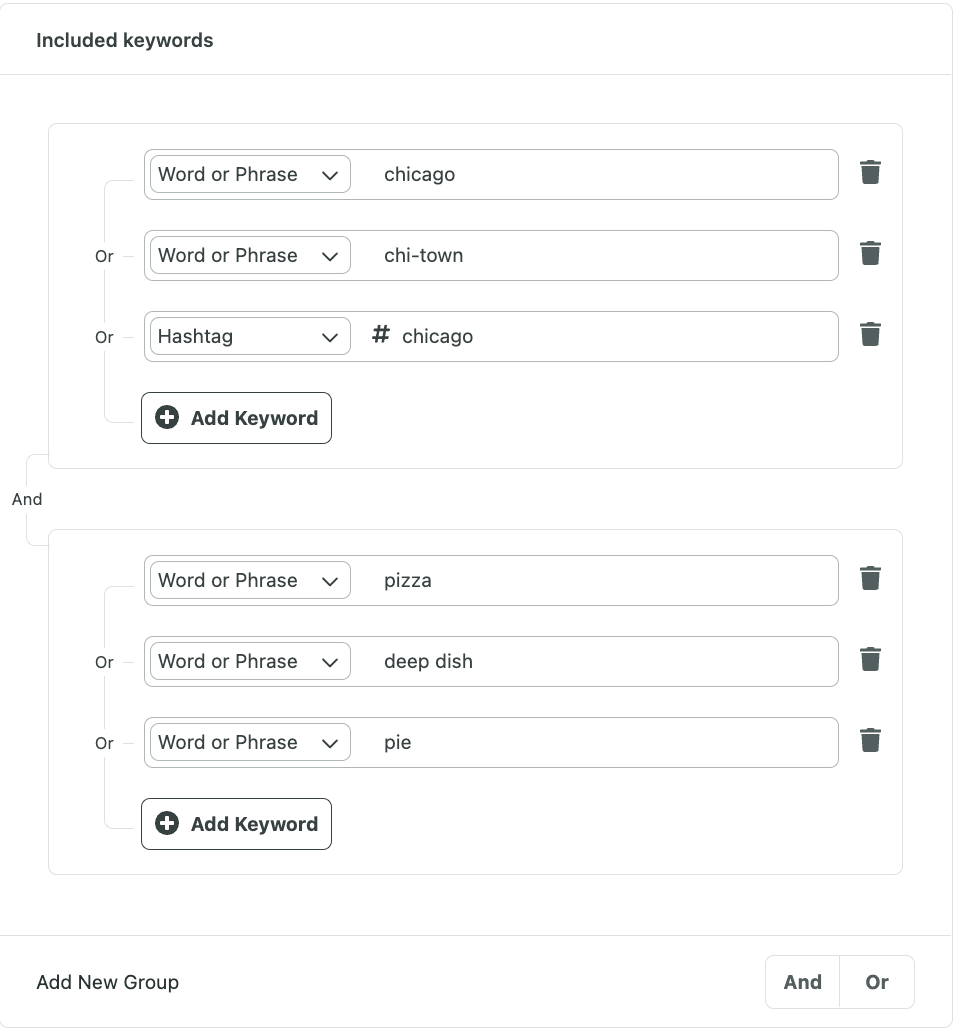
Social listening reveals crucial insights about your target audience, guiding you to the interests and influencers they resonate with most.
3. Identify influencers that match your audience
Successful influencer marketing campaigns connect the right influencer with the right audience. A mismatch adds up to wasted budget.
Influencer marketing tools like Sprout’s can provide precise analyses and insights to verify alignment between an influencer and your audience.

Sprout helps you discover influencers, confirm brand fit, evaluate brand safety and more, making it easier to find the right influencer for your audience.
When you research each influencer, review their content style, engagement, authenticity and past brand collaborations. These metrics and insights showcase their potential impact, helping to determine whether their style will align with your brand and audience.
4. Negotiate collaborations
Once you’ve found the creator for your influencer campaign, it’s time to talk details. A fair negotiation creates a clear, transparent and successful collaboration.
You can start negotiations by laying out the compensation package. It may be a flat fee per content type, such as a picture, video or Reel. This is a straightforward way to start with a nanoinfluencer or micro-influencer. You can also set up an affiliate arrangement based on performance, like purchases or signups.
The right approach depends on your budget, campaign goals and influencer audience size. Each influencer has their preferences too. Ask for their influencer rate card to kick off the negotiations.
Set your terms on usage rights. Clarify where (and for how long) you can repurpose or use the content they make. You should also consider other networks where you plan to share influencer-created content, such as paid ads or your brand’s other social media accounts.
5. Measure impact
Influencer marketing strategies should tie to real business outcomes. That’s where reporting comes in. With influencer marketing tools, you can measure KPIs like brand sentiment, ROI and cost per engagement.
These engagement metrics provide a clear picture of campaign performance. You can report these metrics and use your insights to improve your marketing. The Sprout example below illustrates an influencer’s impact by link clicks, views and Instagram engagement:

6. Build long-term relationships
Just because someone is an “influencer” doesn’t guarantee engagement. Who you choose and how you nurture the relationship make all the difference.
Consider the audience’s perspective. It’s really easy to ignore spammy, low-effort influencer posts. Almost half of consumers unfollow influencers when their content becomes repetitive or unoriginal, according to a Q2 2024 Sprout Pulse Survey. This speaks to the importance of vetting creators.
Likewise, brands have to provide briefs and instructions that empower them. It’s a balancing act, though, since you also don’t want to sacrifice your influencers’ creative freedom. Providing a product that your influencers’ audience is actually interested in is the best thing you can do. Each post or feature should feel authentic and organic to nurture a connection between the influencer and your target audience.
Maintain clarity and transparency throughout the influencer relationship. Setting clear expectations early ensures everyone understands the benchmarks.
How to measure the ROI of Instagram influencer marketing
Your ROI is going to differ greatly depending on the goals you set for yourself when you start your campaign. Popular metrics to track include:
- Views
- Comments
- Shares
- Clicks
- Sales and conversions
- Revenue
- Followers
- Reach
If you’re looking to measure the success of sales and conversions, your best approach will be to link tracking with UTM parameters, attribution models for touchpoints and conversions from promo codes. Or if you want to improve brand awareness, views, shares and reach will be your go-to metrics.
While it’s always difficult to pin views and reach against overall costs, try to find out how much a new follower or a single engagement tends to be worth to your brand. Do this by looking at your typical engagement rate vs. average social media budget, then put those numbers next to the increase in engagement and the amount you spent on influencer marketing.
Grow your Instagram influencer marketing with authentic partnerships
When an influencer shares your product or service with their audience, you win trust and credibility. These partnerships enable you to tap into a pool of passionate followers and audiences. The key is matching the right influencer with your target audience, measuring outcomes and managing relationships.
Sprout Social Influencer Marketing provides an all-in-one solution for managing successful influencer campaigns while linking them to real business outcomes.
Sign up for a demo today to see how you can grow your social media marketing strategy with authentic influencer partnerships.
The post The ultimate guide to Instagram influencer marketing in 2025 appeared first on Sprout Social.













_1.jpg)







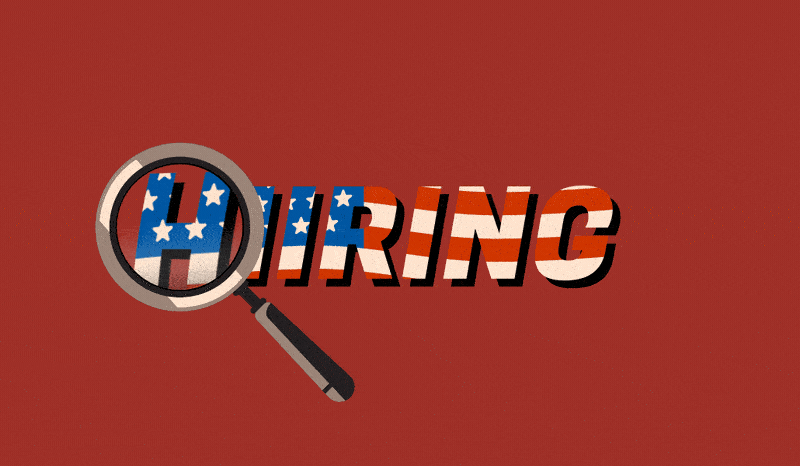


![Brand and SEO Sitting on a Tree: K-I-S-S-I-N-G [Mozcon 2025 Speaker Series]](https://moz.com/images/blog/banners/Mozcon2025_SpeakerBlogHeader_1180x400_LidiaInfante_London.png?auto=compress,format&fit=crop&dm=1749465874&s=56275e60eb1f4363767c42d318c4ef4a#)

![How To Launch, Grow, and Scale a Community That Supports Your Brand [MozCon 2025 Speaker Series]](https://moz.com/images/blog/banners/Mozcon2025_SpeakerBlogHeader_1180x400_Areej-abuali_London.png?auto=compress,format&fit=crop&dm=1747732165&s=beb7825c980a8c74f9a756ec91c8d68b#)
![Clicks Don’t Pay the Bills: Use This Audit Framework To Prove Content Revenue [Mozcon 2025 Speaker Series]](https://moz.com/images/blog/banners/Mozcon2025_SpeakerBlogHeader_1180x400_Hellen_London.png?auto=compress,format&fit=crop&dm=1747758249&s=9f3c5b1b7421f862beace1cb513053bb#)

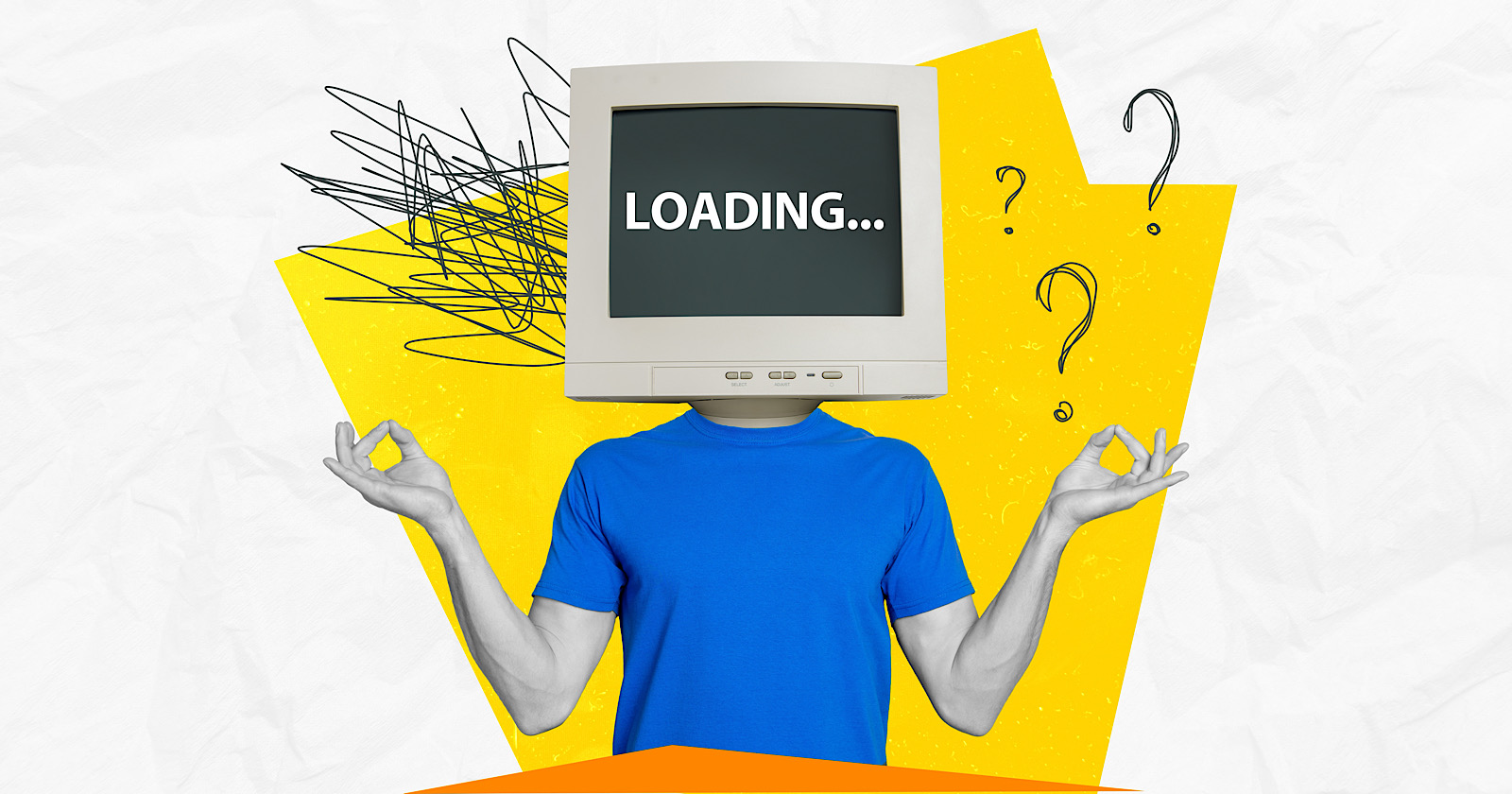






















![The 11 Best Landing Page Builder Software Tools [2025]](https://www.growthmarketingpro.com/wp-content/uploads/2024/04/best-landing-page-software-hero-image-1024x618.png?#)




































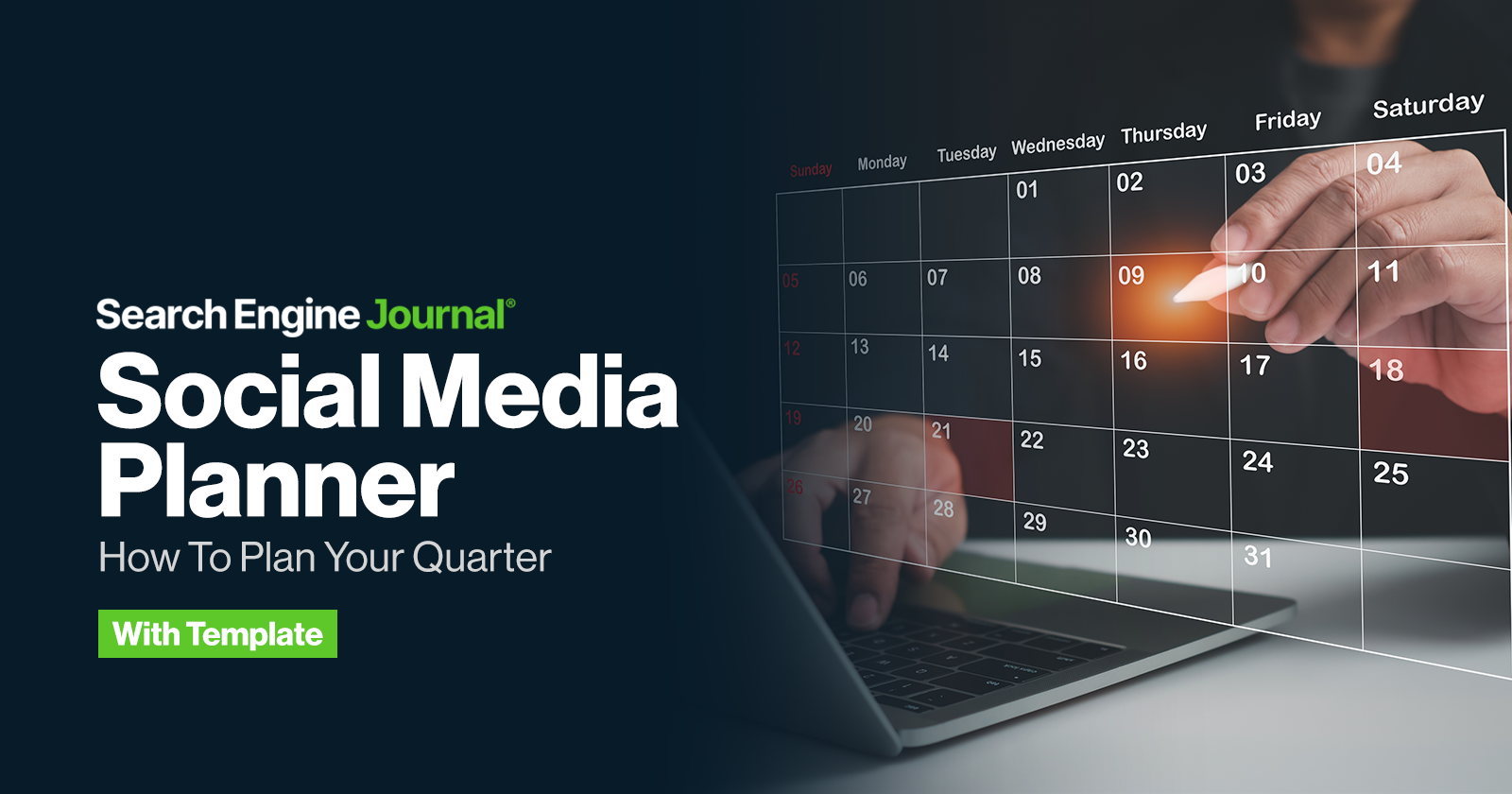


![How To Build AI Tools To Automate Your SEO Workflows [MozCon 2025 Speaker Series]](https://moz.com/images/blog/banners/Mozcon2025_SpeakerBlogHeader_1180x400_Andrew_London-1.png?auto=compress,format&fit=crop&dm=1749642474&s=7897686f91f4e22a1f5191ea07414026#)



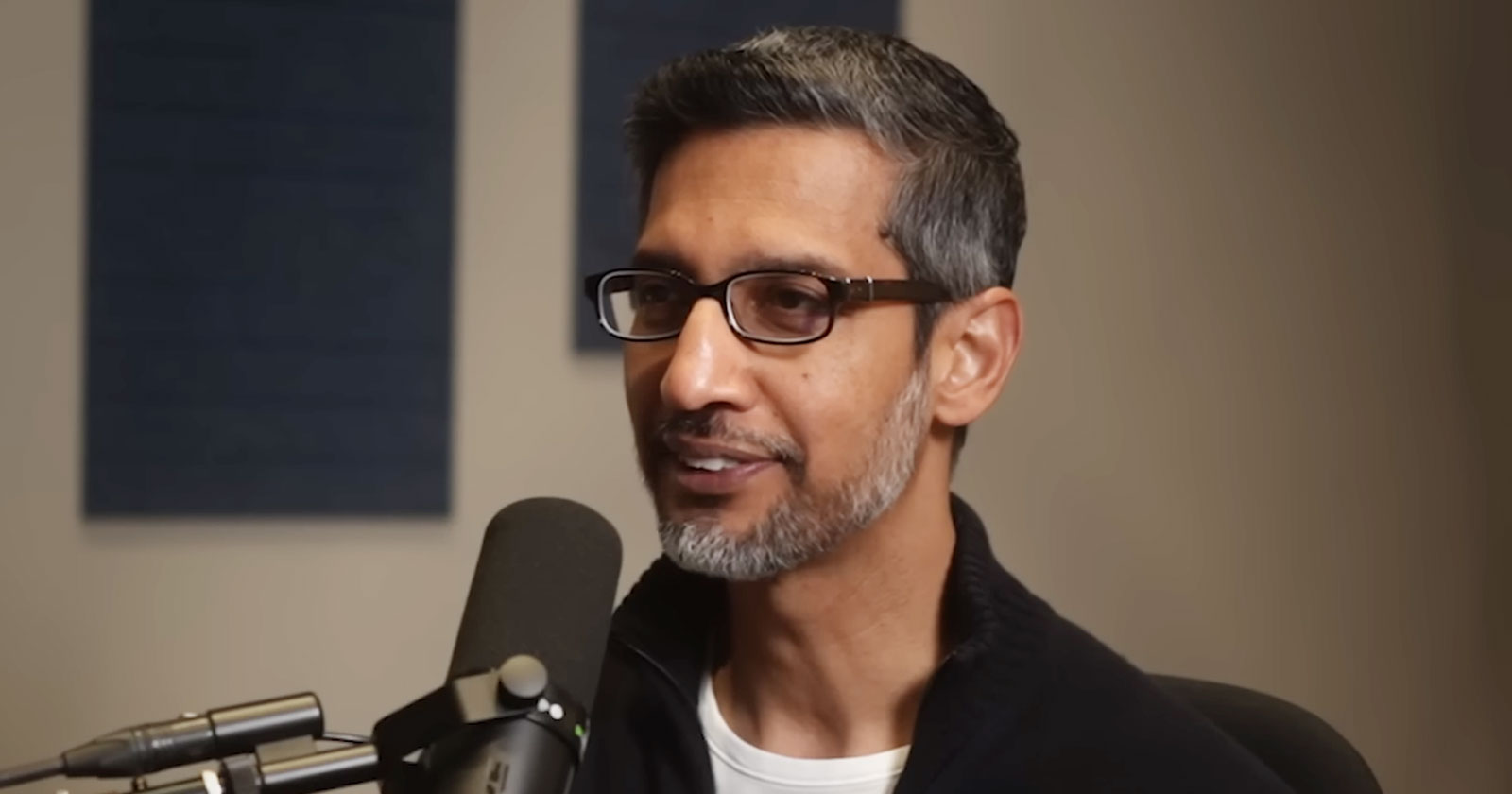
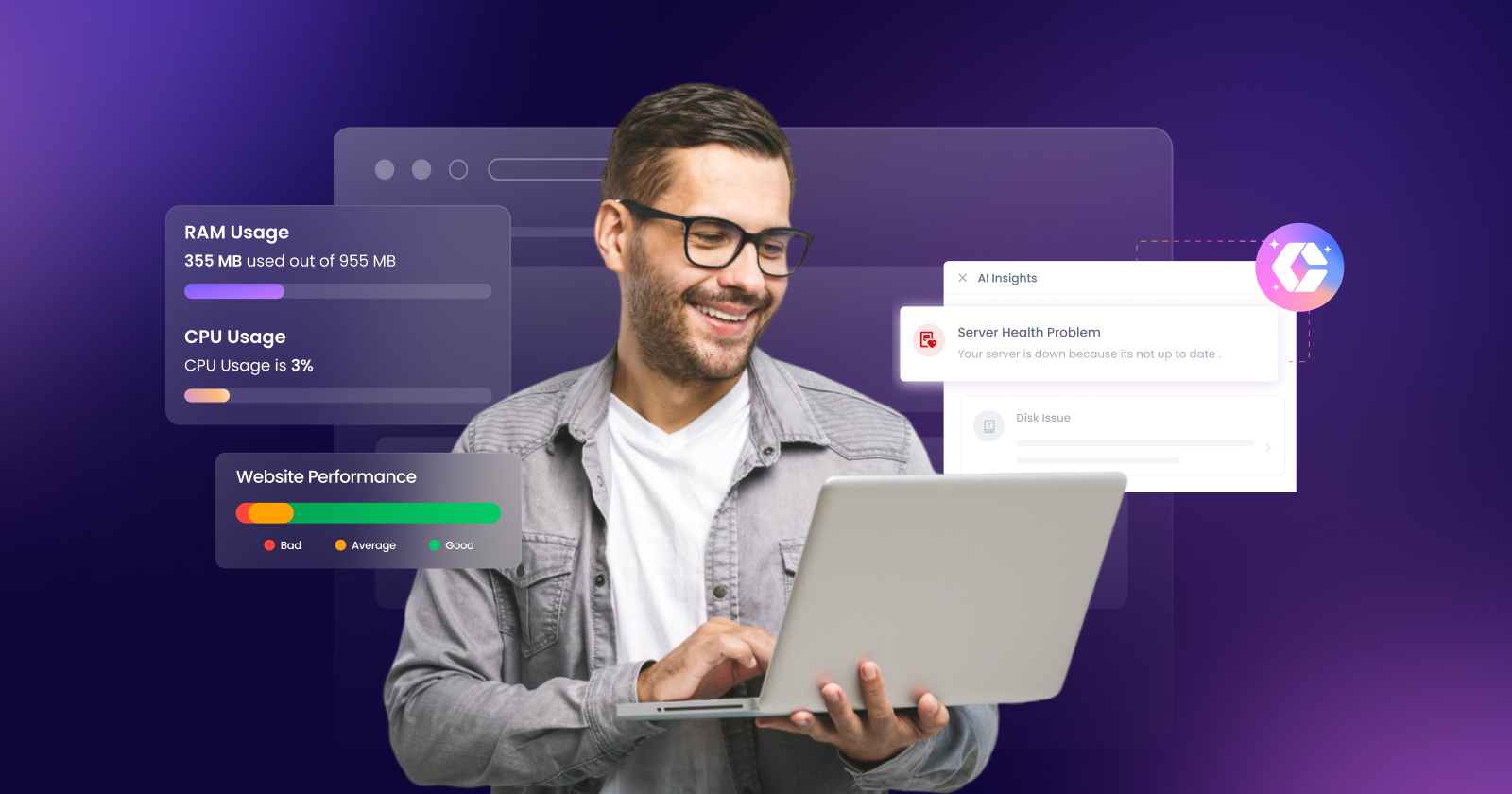
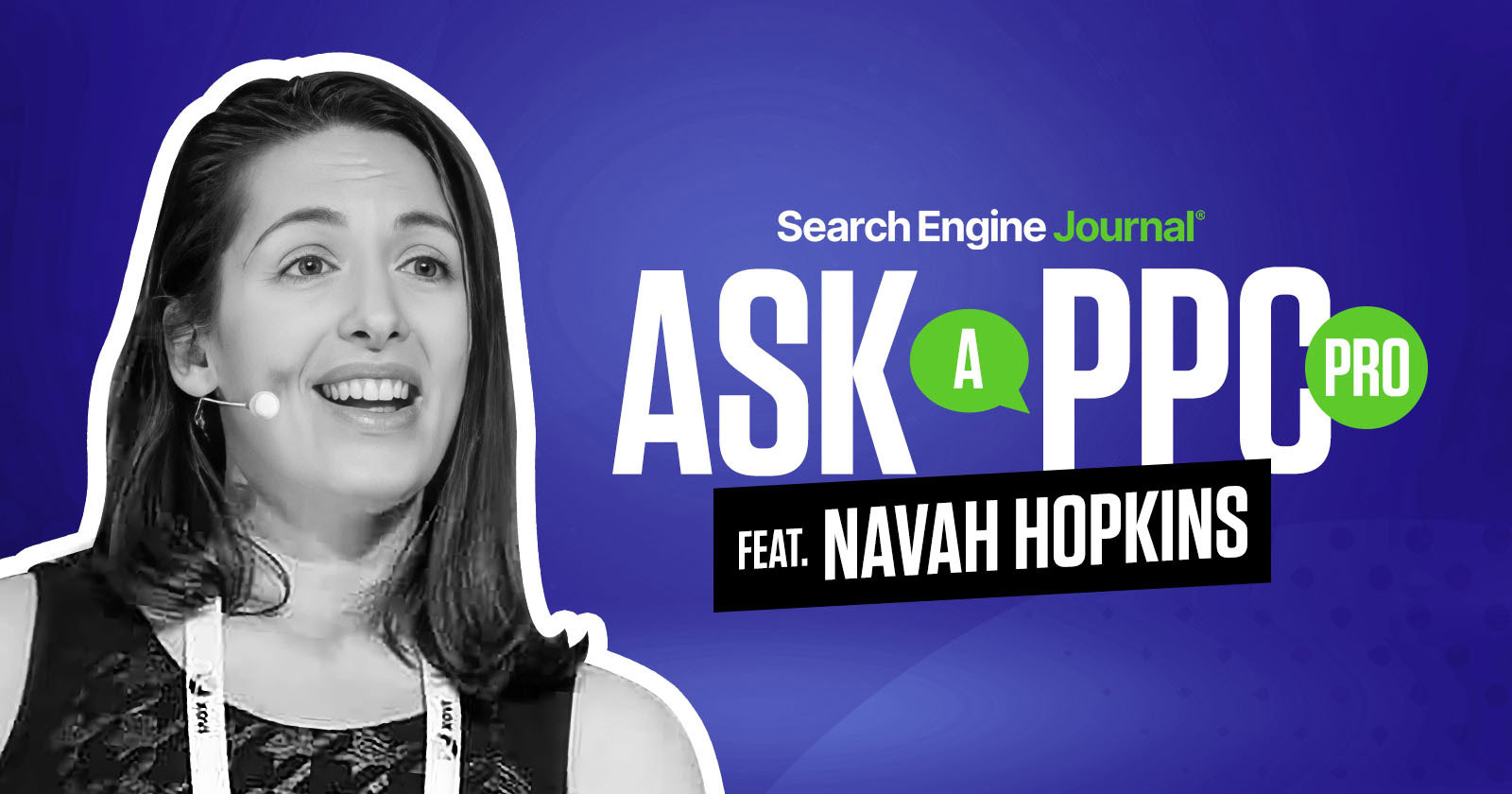






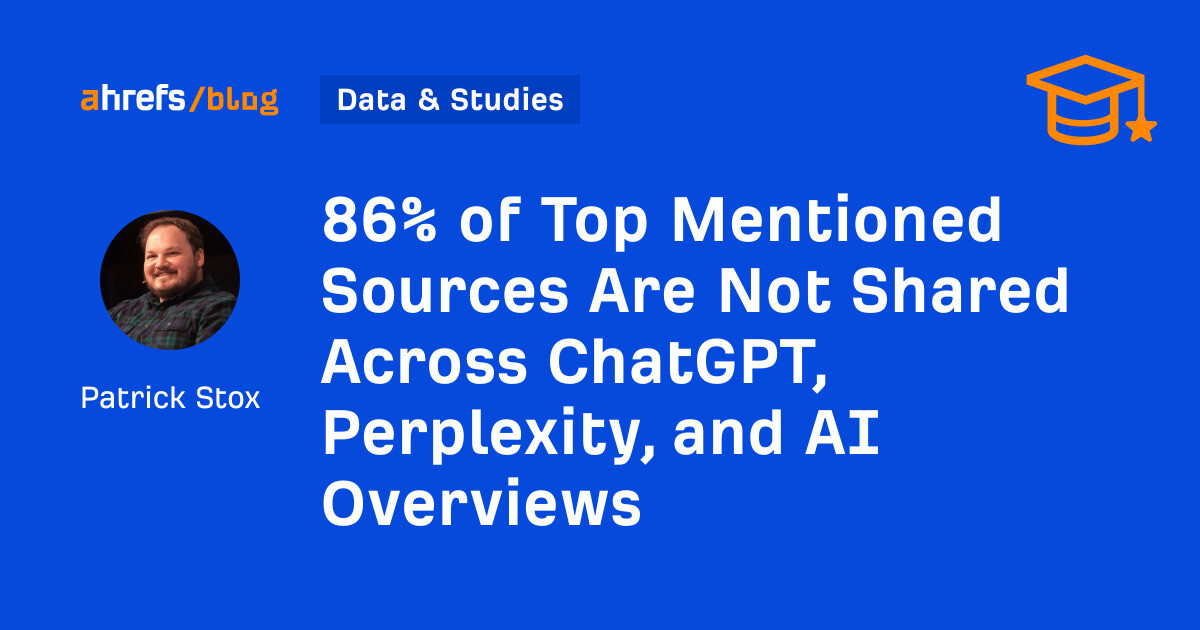
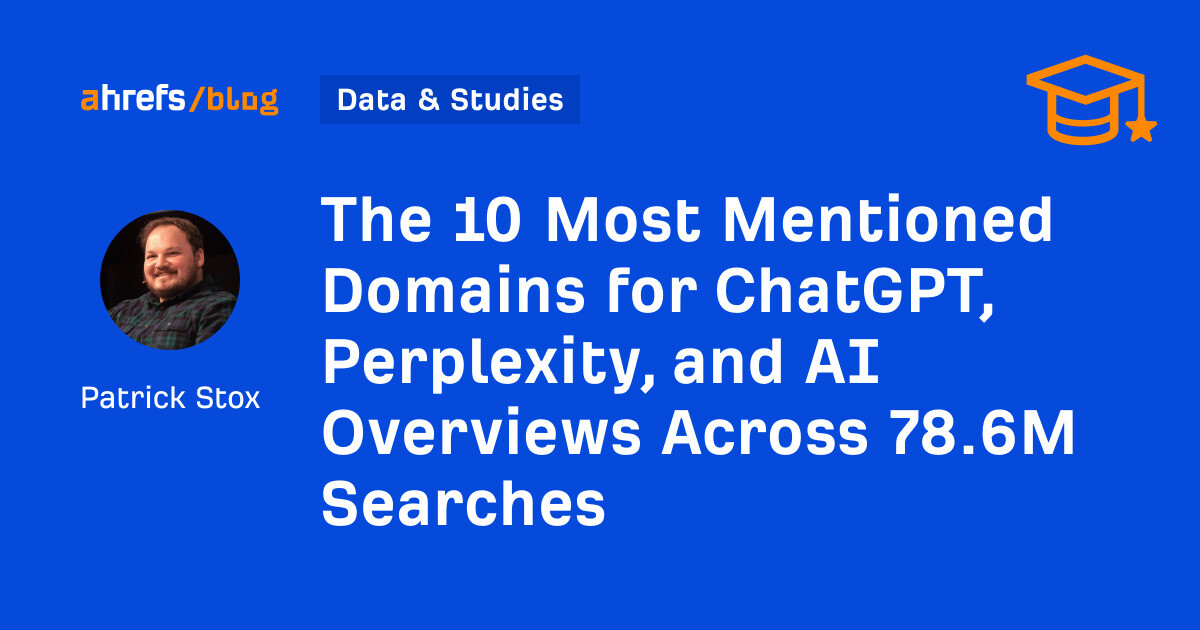
![Marketers Using AI Publish 42% More Content [+ New Research Report]](https://ahrefs.com/blog/wp-content/uploads/2025/06/marketers-using-ai-publish-42-more-by-ryan-law-data-studies-1.jpg)


![X Highlights Back-To-School Marketing Opportunities [Infographic]](https://imgproxy.divecdn.com/dM1TxaOzbLu_kb9YjLpd7P_E_B_FkFsuKp2uSGPS5i8/g:ce/rs:fit:770:435/Z3M6Ly9kaXZlc2l0ZS1zdG9yYWdlL2RpdmVpbWFnZS94X2JhY2tfdG9fc2Nob29sMi5wbmc=.webp)
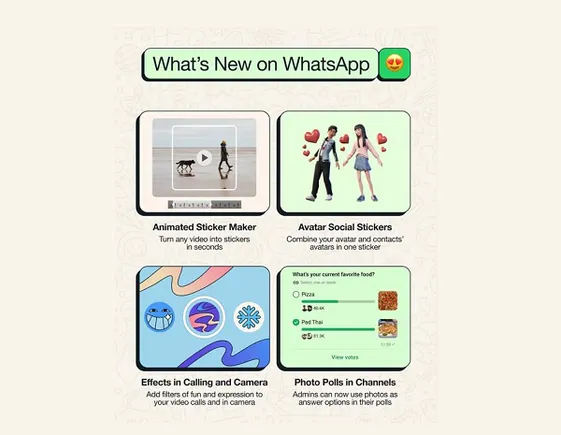








![Brand pitch guide for creators [deck and email templates]](https://blog.hootsuite.com/wp-content/uploads/2022/06/brand-pitch-template.png)



![The HubSpot Blog’s AI Trends for Marketers Report [key findings from 1,000+ marketing pros]](https://www.hubspot.com/hubfs/state-of-AI-1-20240626-53394.webp)
![AI can boost conversions from your web page — HubSpot’s CMO shows you how [tutorial]](https://knowledge.hubspot.com/hubfs/ai-1-20250605-395473.webp)
![The state of inclusive marketing in 2025 [new data + expert insight]](https://www.hubspot.com/hubfs/inclusive-marketing-report.webp)






